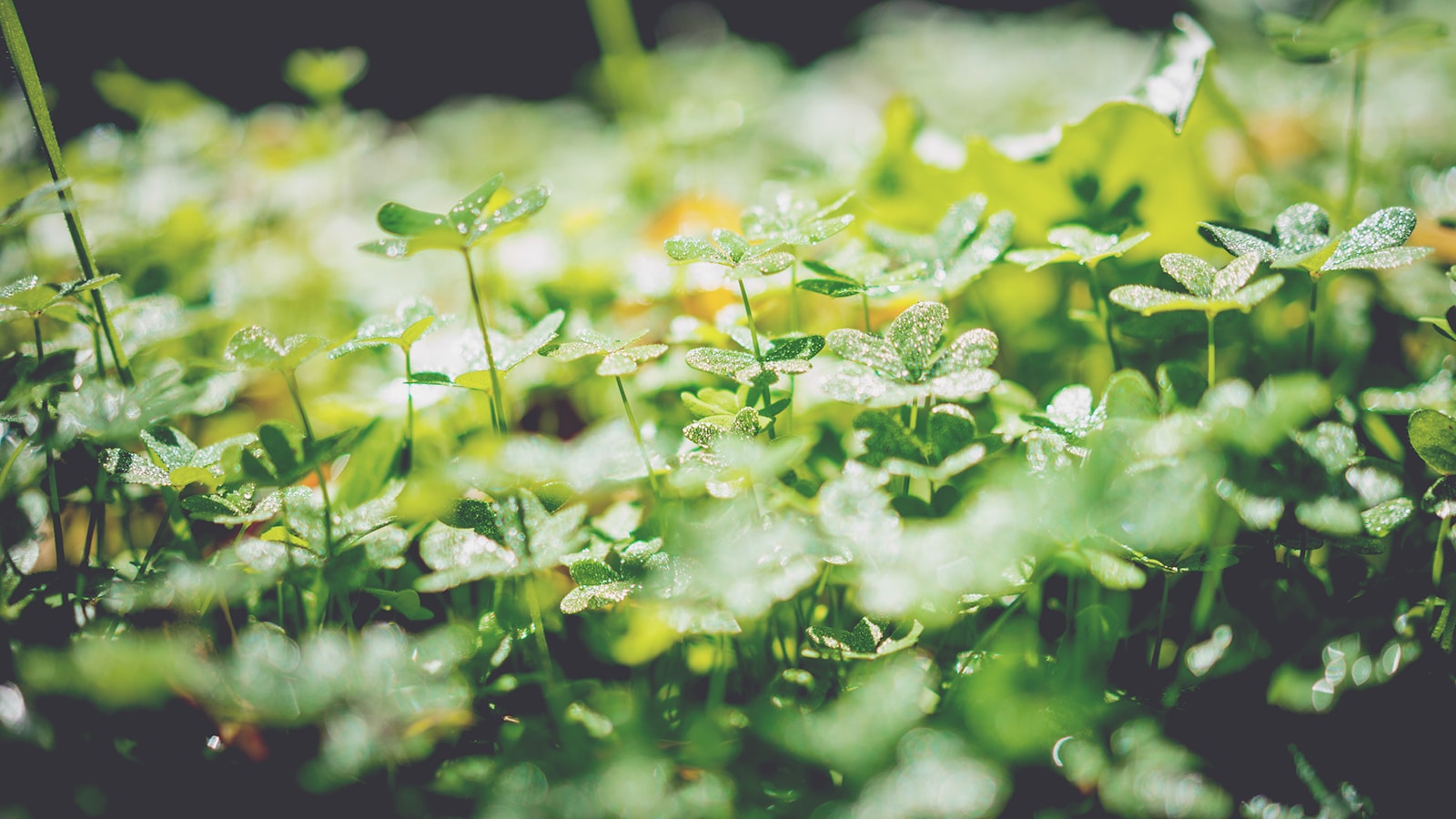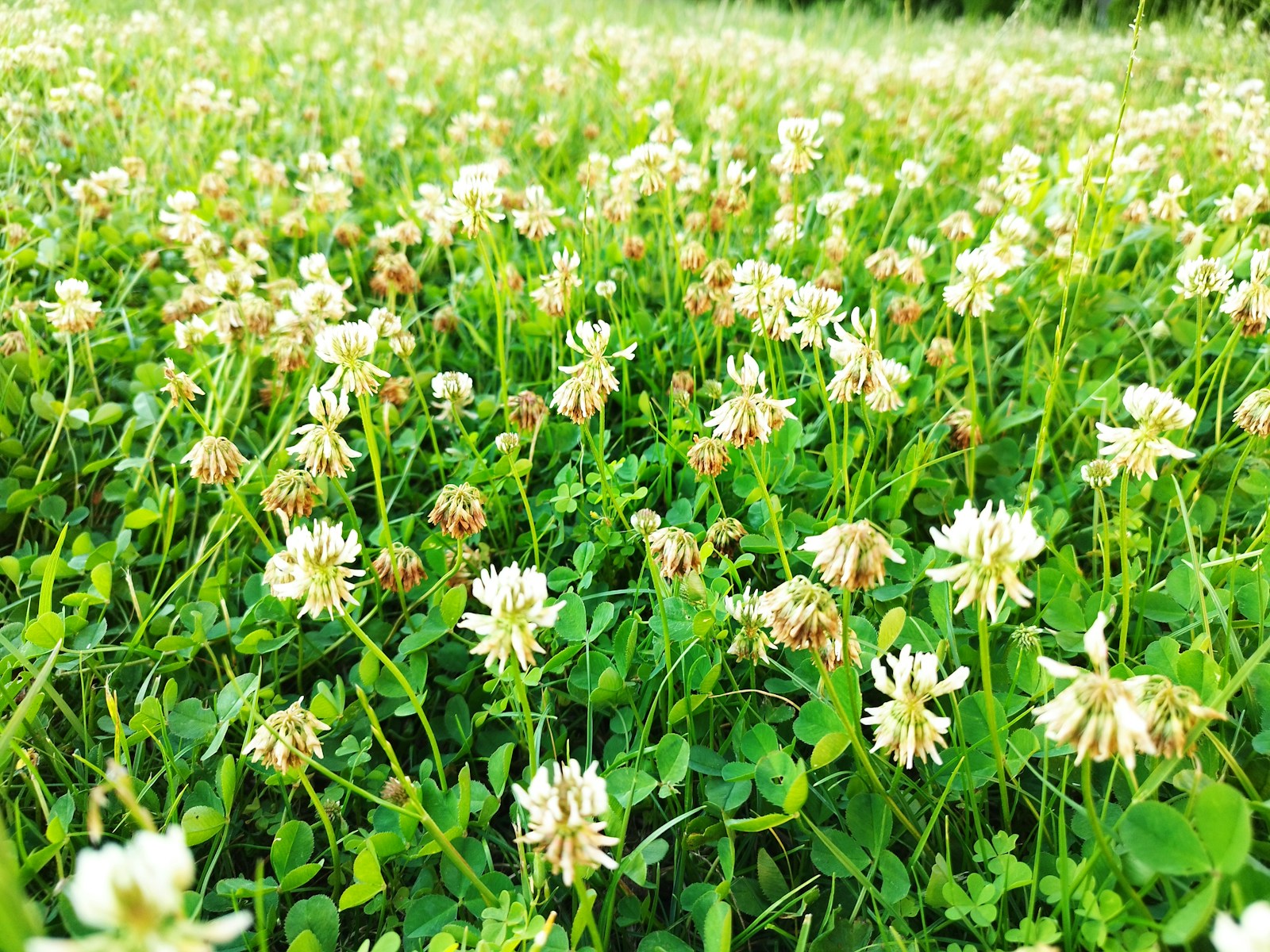Ironite vs. Milorganite: Which Lawn Booster Reigns Supreme?
When it comes to transforming lackluster lawns into vibrant green paradises, two products dominate the conversation: Ironite and Milorganite. Homeowners from the sunbaked soils of Phoenix, Arizona, to the sandy yards of coastal Florida swear by these fertilizers—but which one is right for your lawn? In this deep dive, we compare their ingredients, environmental impacts, and real-world performance, arming you with the knowledge to make an informed choice.
What Is Ironite? Quick Fix for Iron-Deficient Lawns
Ironite is a mineral-based fertilizer formulated to combat yellowing caused by iron deficiency. Its fast-acting formula delivers a quick greening effect, making it a favorite for lawns in alkaline soils (common in states like Texas and Nevada).
Pros of Ironite:
- Rapid results (visible in 3–5 days).
- Targets chlorosis (yellowing from iron shortage).
- Lightweight and easy to spread.
Cons of Ironite:
- Contains synthetic additives.
- Potential heavy metal concerns (e.g., arsenic traces, per EPA historical reports).
- Short-lived effects, requiring frequent reapplication.
What Is Milorganite? The Eco-Conscious Slow-Release Option
Milorganite, an organic biosolid fertilizer produced by the Milwaukee Metropolitan Sewerage District, recycles nutrients from treated wastewater. This slow-release formula feeds lawns for 8–10 weeks and enriches soil health over time.
Pros of Milorganite:
- Organic and non-burning (safe for pets and kids).
- Improves soil structure and microbial activity.
- Sustainable; repurposes 10 billion gallons of wastewater annually.
Cons of Milorganite:
- Slower results (2–4 weeks for visible changes).
- Distinct earthy odor post-application.
- Higher nitrogen content may require careful calibration.
Environmental Impact: Sustainability Showdown
Ironite’s Footprint:
Mined from mineral deposits, Ironite’s production involves energy-intensive extraction. While newer formulations address historical heavy metal issues, its synthetic nature raises questions about long-term soil health.
Milorganite’s Green Credentials:
As a recycled product, Milorganite diverts waste from landfills and reduces reliance on chemical fertilizers. Independent testing confirms its safety for gardens and waterways, aligning with USDA organic guidelines.
Pro Tip: For eco-warriors in rainy Seattle, Milorganite’s slow-release design minimizes nutrient runoff into Puget Sound.
Step-by-Step Application Guide
Using Ironite:
- Test soil pH (ideal range: 6.0–7.0).
- Apply 1 pound per 100 sq. ft. during cooler hours.
- Water lightly to activate granules.
Using Milorganite:
- Apply 32 lbs per 2,500 sq. ft. in spring/fall.
- No need to water immediately—wait for rain or irrigation.
- Reapply every 60–90 days for sustained results.
Common Mistake Alert: Overapplying Ironite can lead to iron toxicity (blackened grass). Stick to label instructions!
Real-Life Case Studies
Phoenix, AZ Homeowner: A Bermuda grass lawn plagued by iron deficiency greened up in 4 days with Ironite but required monthly treatments. Switching to Milorganite improved soil resilience within one season.
Charleston, SC Gardener: Milorganite’s slow-release nitrogen prevented burn in St. Augustine grass during humid summers, while Ironite caused temporary runoff issues during heavy rains.
Ironite vs. Milorganite: Quick Comparison Table
| Feature | Ironite | Milorganite |
|---|---|---|
| NPK Ratio | 12-10-10 | 6-4-0 |
| Release Speed | Fast (3–5 days) | Slow (2–4 weeks) |
| Organic | No | Yes |
| Best For | Quick fixes, alkaline soils | Long-term soil health, eco-friendly lawns |
Final Thoughts
Choosing between Ironite and Milorganite hinges on your lawn’s needs and values. If you’re battling urgent yellowing in arid climates, Ironite offers a speedy rescue. For gardeners prioritizing sustainability and soil vitality, Milorganite is the clear winner. Whichever you pick, always test your soil first—and remember, the greenest lawns are those nurtured with patience and care.



